

Andrew Carnegie
A self-educated "working boy" who loved books, Andrew Carnegie emigrated from Scotland in 1848 and settled in Pittsburgh, Pa. Attending night school and borrowing books, Carnegie went from factory worker in a textile mill to successful entrepreneur and industrialist. He rose to prominence by founding what became the world's largest steel producing company by the end of the 19th century.
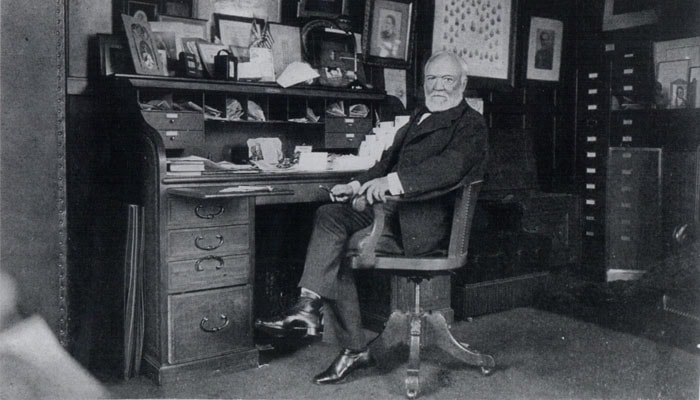
Carnegie Technical Schools
At one point the richest man in the world, Carnegie believed that "to die rich is to die disgraced." He turned his attention to writing, social activism and philanthropy, determined to establish educational opportunities for the general public where few existed.
In 1900, he donated $1 million for the creation of a technical institute for the city of Pittsburgh, envisioning a school where working-class men and women of Pittsburgh could learn practical skills, trades and crafts that would enhance their careers, lives and communities.
"My heart is in the work," he stated, which would become part of the school's official motto.
The Carnegie Technical Schools offered two- and three-year certificates in the arts as well as in engineering disciplines and included a college for women, Margaret Morrison Carnegie College.
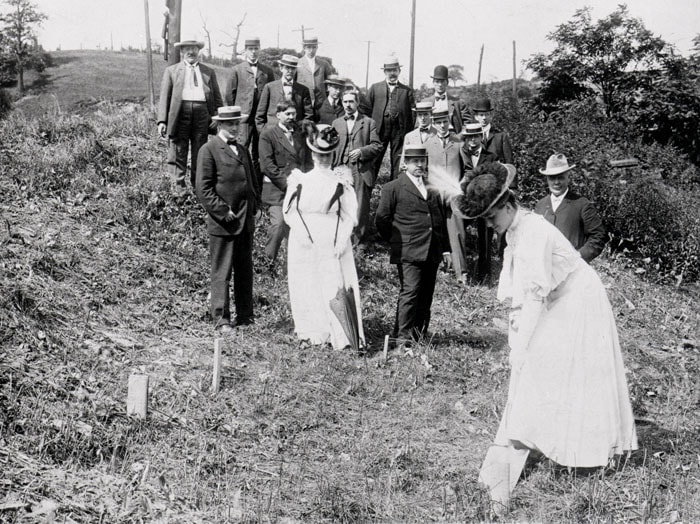
Carnegie Tech – Early Years
Soon faced with the demand for baccalaureate programs, Carnegie Technical Schools began offering bachelor's degrees through its College of Engineering and College of Fine Arts, becoming the Carnegie Institute of Technology, or "Carnegie Tech."
During the first half of the 20th century, with support from Andrew Carnegie and other funders, Carnegie Tech laid the foundation for a school on the cutting edge. Some key developments were:
- It expanded from two buildings into an elegant 20th century campus designed in the beaux arts architectural style, housing a wealth of machine shops, studios and laboratories — the hands-on center of learning that persists today.
- It pioneered conservatory degree programs in music and drama, in addition to visual art and design programs. The first U.S. drama degree was awarded in 1914 at Carnegie Tech.
- It began offering graduate degrees. In 1919, the first doctorate (in civil engineering) was awarded to Mao Yisheng, a student from China.
- It laid the groundwork for a research institution, recruiting leading scientists, offering sponsored fellowships with government and industry leaders and pioneering nontraditional interdisciplinary research, which brought together physicists, chemists and metallurgists, for example. Interdisciplinary research would become the hallmark of Carnegie Mellon research.
- It initiated the 'Carnegie Plan' in 1938, a new curriculum that required science and engineer students to take courses in humanities and social sciences in order to better understand the needs of society.
- Carnegie died in 1919, but his vision for an educated public lived on after him.
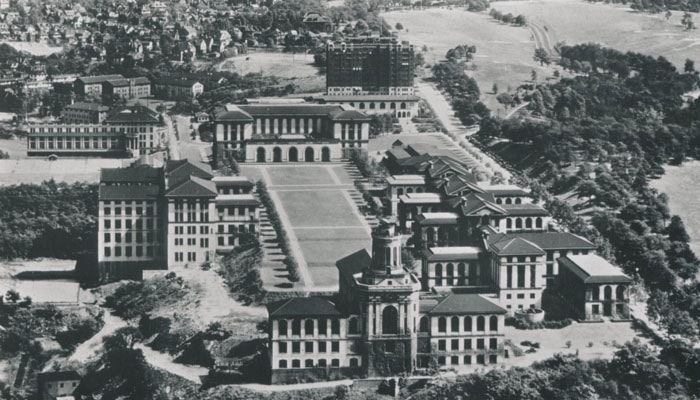
Carnegie Tech - Post-war Years
With the end of World War II, the latter half of the 20th century brought unprecedented growth to Carnegie Tech. In 1956, the arrival of the first IBM computer to campus was revolutionary, initiating a university culture where information technology pervaded virtually all areas of study.
University culture also changed in 1973 when Margaret Morrison closed and women joined their male peers in classrooms and dorms.
The times were changing, and Tech positioned itself at the forefront, opening three new schools:
- 1948: The Graduate School of Industrial Administration, later renamed the David A. Tepper School of Business, focusing on quantitative analysis and pioneering the field of management science.
- 1968: School of Urban and Public Affairs, later renamed the H. John Heinz III College, providing graduate training for work in the public sector.
- 1986: School of Computer Science, pioneering computing and artificial intelligence, led by interdisciplinary efforts of Allen Newell and Herbert Simon.
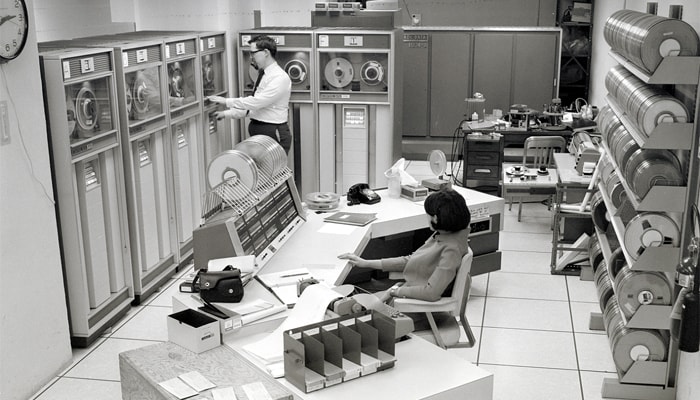
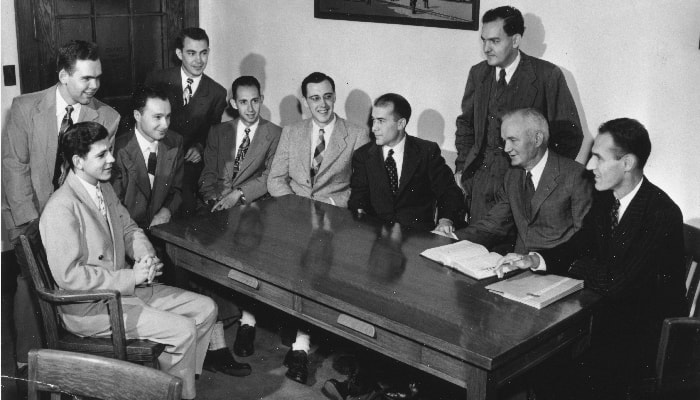
Carnegie Mellon University
In 1967, Carnegie Tech merged with the Mellon Institute, a science research center founded by the Mellon family of Pittsburgh, to become known as Carnegie Mellon University. The merger built upon a long history of support from the Mellons.
It allowed Carnegie Mellon to establish the last of its current pillars: the Mellon College of Science and the College of Humanities and Social Sciences, now known as Marianna Brown Dietrich College of Humanities and Social Sciences.
In 2017, Carnegie Mellon celebrated the 50th anniversary of the Carnegie Tech-Mellon Institute merger, revisiting the shared vision of the founders and recognizing the impact it has had, and will continue to have, in the world of higher education, research and discovery.
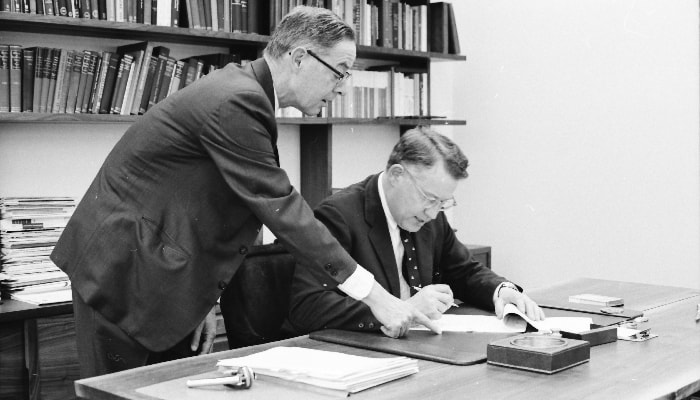
A Global Impact
In its 115 years, Carnegie Mellon has soared to national and international leadership in higher education and research. A birthplace of innovation since its founding, it continues to be known for innovation, for solving real-world problems and for interdisciplinary collaboration.
Its alumni can be found across the globe — from Tony Award winners to Nobel Prize and Turing Award winners, from CEOs to entrepreneurs, from professors to artists.
In the 2000s, in response to demand for expanded international educational opportunities, Carnegie Mellon began offering degree programs outside of Pittsburgh.
Today its global presence includes campuses in Qatar and Silicon Valley, Calif., more than a dozen degree-granting locations and more than 20 research partnerships such as Los Angeles; New York City; Washington, D.C.; Australia; China; Portugal and Rwanda.
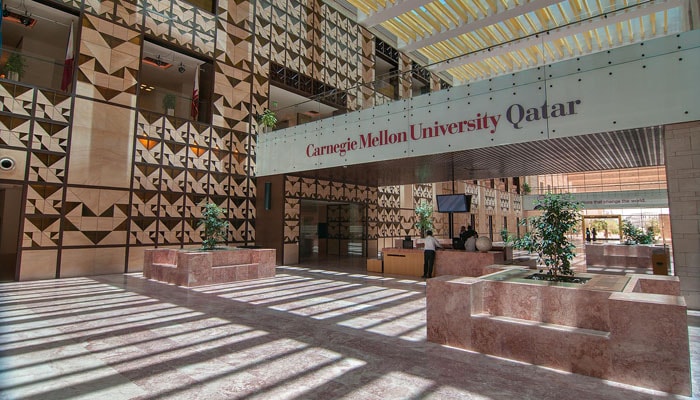
The Future
CMU is positioned like never before to meet the challenges of the 21st century. In the coming years, the university will see the largest expansion to the Pittsburgh campus since 1900.
At the intersection of technology and humanity, CMU research, innovation and creativity will continue to guide our future as a world-class university.
As outlined in the Strategic Plan 2025, the university will focus on advancing the individual student experience, the broader Carnegie Mellon community experience, and the social impact of Carnegie Mellon throughout the world.

